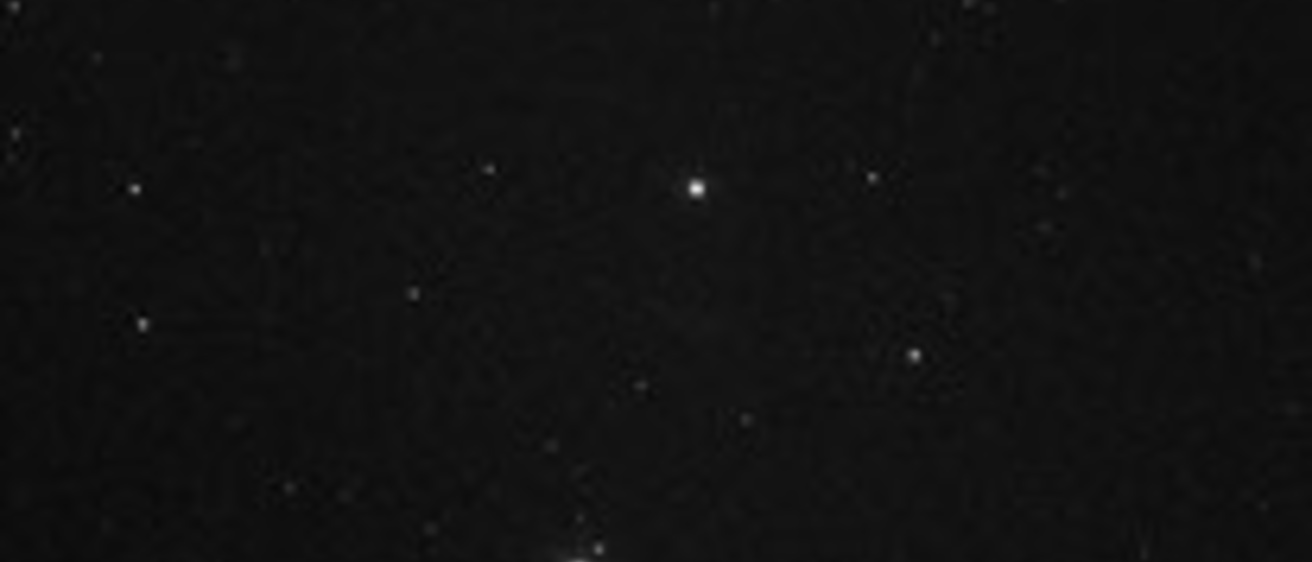
Breadcrumb
- Home
- Labs
- Foundational Labs
- The Iowa Robotic Observatory
- Pre-Lab Quiz: Observing Obscuria
Pre-Lab Quiz: Observing Obscuria
Discuss each question with your team. Be prepared to explain the reasoning behind your team's answers after the quiz.
- When looking at objects in the night sky, which direction has the least amount of interference from the atmosphere/light pollution?
- Toward the Horizon, facing South
- Toward the Horizon, facing North
- It depends where you are on Earth
- Straight up toward the zenith
- When will a given object be at its greatest altitude in the sky relative to wherever you are observing it?
- When it reaches the zenith
- When it crosses the local meridian
- When its right ascension is at 12 hours
- At midnight
- Compared to a star with an apparent magnitude of 6, a star with an apparent magnitude of 9 is ________
- brighter.
- dimmer.
- more massive.
- less massive.
- Which of these would be a good object to look for with a telescope from Iowa at midnight in June?
- The Orion Nebula (RA = 05h 35m Dec= -05º)
- The Large Magellanic Cloud
- Venus
- Messier 57 (The Ring Nebula) (RA = 18h 53m Dec = +33º)